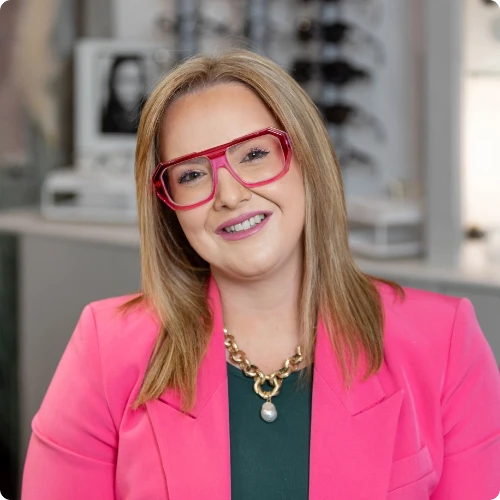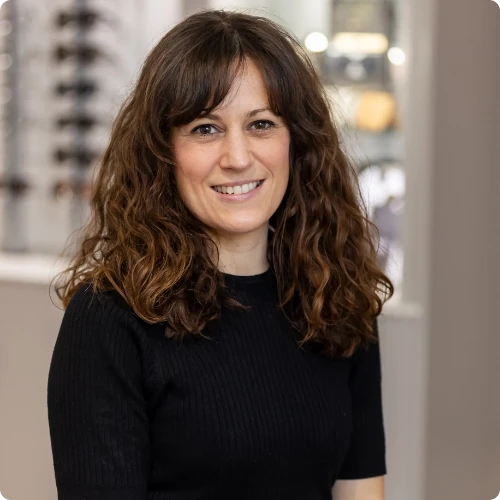Glaucoma and High Intraocular Pressure
Hormone levels can affect Intraocular pressure (IOP). Increased IOP is the most important risk factor for glaucoma. Studies have shown that early loss of oestrogen, i.e., women who go into an early menopause, is associated with an increased risk of Primary Open Angle Glaucoma (POAG) in women who are susceptible.
POAG in later-life is reduced in women who enter the menopause after the age of 54. Glaucoma affects the optic nerve and leads to the progressive loss of your peripheral vision. If left untreated glaucoma can lead to total loss of sight. A routine eye test will pick up the signs long before you notice the symptoms and if detected early, glaucoma can usually be managed with eye drops, although sometimes a minor operation is needed.
Cataracts
Research also indicates that oestrogen levels may play a role in cataract formation and progression. The prevalence of cataracts (a clouding of the eye’s lens) is higher in post-menopausal women than in men of the same age. Symptoms of cataract include blurred vision, ghosting, glare problems, impaired colour perception and poor sight that is not corrected with spectacles or contact lenses. In most cases, cataracts can be treated very simply with routine surgery as a day patient.
Blepharitis
Menopause hormone changes can also trigger blepharitis as the oil glands in the eyelids become irritated and inflamed. Symptoms of blepharitis include red eye, burning, stickiness, excessive watering, discomfort, light sensitivity, and foreign body sensation. Persistent good eye care is essential to manage the condition and prevent symptoms recurring. It’s important that women going through menopause have regular eye tests to ensure early detection and treatment of any problems. Your eye health is the most important thing to all of us and at CG Optical. We know that your eye health can start to deteriorate well before you notice any changes in your vision. By having a comprehensive eye examination with us, we use the latest technology (OPTOMAP) which can detect conditions a lot earlier than a conventional eye test. We can advise on how best to slow down these eye conditions during your eye examination and are trained to advise on best practice. As well as modern eye treatments and regular eye exams you may find that making small lifestyle adjustments help to relieve your symptoms. For dry eye you could try:
- Eating a diet rich in omega-3 fatty acids. An omega–3 supplement with flaxseed oil, fish oil and vitamin E may also help.
- Keeping hydrated.
- Avoiding air-conditioned atmospheres.
- Following the 20-20-20 rule – look away every 20 minutes at an object about 20 feet away for 20 seconds – when looking at screens.
Book an eye appointment







